Know Your Lore: Horde lore in Classic WoW
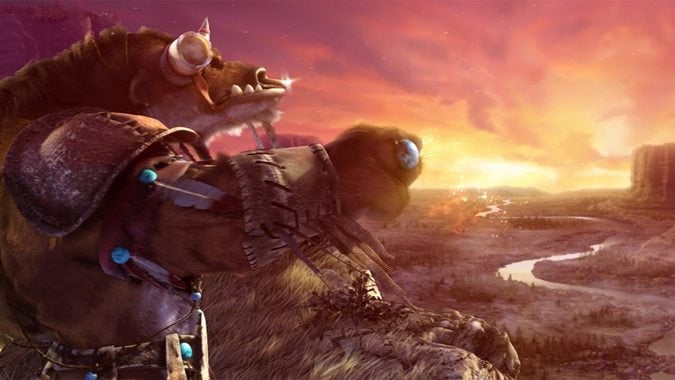
Lore and story have both improved in leaps and bounds since the days of Classic WoW. Nowhere is that more evident than the stories behind the various races of the Horde. While the Alliance had some pretty intriguing storylines — including a showstopping confrontation with a dragon in Stormwind Keep — the Horde didn’t really have that kind of punch.
Not to say that Horde lore in Classic was particularly terrible — it wasn’t! But the lack of a cohesive storyline was more easily visible with the Horde. However, there were still interesting moments to be found — particularly in the case of a brand-new race that was a direct result of events in the incredibly popular Warcraft 3.
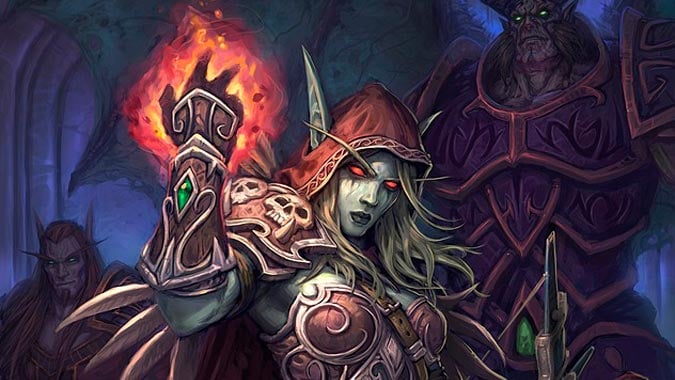
Forsaken
In Warcraft 3, players followed the story of Sylvanas Windrunner from her days as Ranger-General to her rebirth as Queen of the Forsaken. After breaking free of the Lich King’s hold, Sylvanas gathered similarly freed undead and rallied them into taking Capital City. After dispatching of all enemies who might oppose them, the Forsaken settled in the catacombs beneath Lordaeron’s capital — the Undercity.
At some point after the end of events in Warcraft 3, Sylvanas and her Forsaken followers joined the Horde. Yet it wasn’t an easy transition — the Tauren, of all people, ended up arguing for the Forsaken’s inclusion. Archdruid Hamuul Runetotem thought perhaps the Forsaken could be redeemed. Although they were brought in, the Forsaken aren’t exactly trusted or particularly well-liked in Classic, even by their supposed allies.
But the crux of their conflict is in Tirisfal Glades and its surrounding territories. Despite their success in establishing the Undercity, the Forsaken are still hunted by remnants of Lordaeron’s survivors — namely the Scarlet Crusade. Sylvanas’ hope is that their new Horde allies can help them deal with — and extinguish — that threat. The Forsaken don’t really have much going on for them beyond that fixation on sheer survival by any means necessary. Their ultimate goals — and Sylvanas’ plans — remain a mystery throughout Classic WoW.
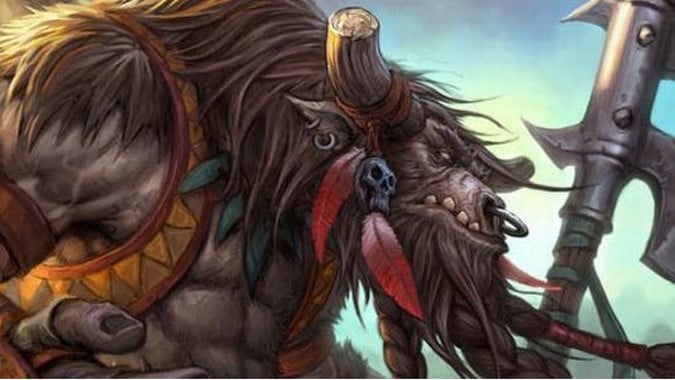
Tauren
For the Tauren, life has progressed beyond their first appearance in Warcraft 3. Cairne Bloodhoof has successfully unified the nomadic Tauren tribes, founding the city of Thunder Bluff in their ancestral lands of Mulgore. True to his word, Cairne and the Tauren have remained loyal to the Horde since the days of the Third War. But not everyone is particularly satisfied with Cairne’s decisions.
The Grimtotem were the only Tauren tribe never to formally join the Horde. Their leader, Magatha Grimtotem, has taken up residence on Thunder Bluff. But her presence appears to be more for appearances than anything. While she hands out quests to players, her motives are questionable at best. Not to mention that Grimtotem scattered around the world are hostile to both Alliance and Horde.
Beyond that, the Tauren are living a mostly peaceful life, interrupted by the occasional Dwarven incursion of explorers looking for relics on sacred Tauren lands. Above all else, the Tauren seem to be focused primarily on establishing themselves as a united group of tribes, and helping the Horde where and when they can. It may not be the most intriguing story, but their involvement with the Forsaken and the internal strife with the Grimtotem are both interesting plot points.
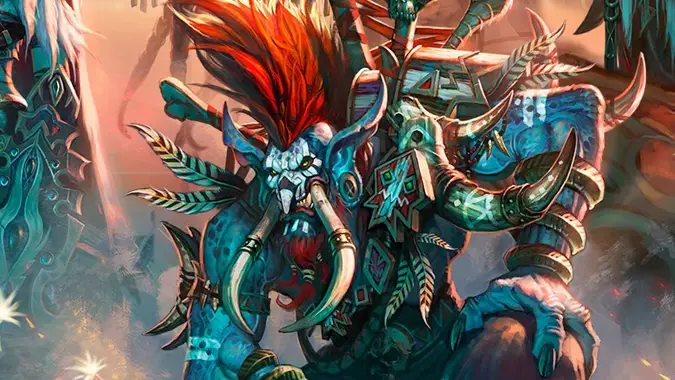
Troll
The Trolls of the Horde are the Darkspear, saved by Thrall back in Warcraft 3 and now led by Vol’jin, Sen’jin’s son. It’s immediately apparent that things haven’t been going well since the Third War. The Echo Isles that the Darkspear originally settled on have been taken over by Zalazane, a witch doctor gone rogue. Although the Darkspear are valiantly fighting to take back their lands, they seem to be making little progress.
Beyond that, there are other enemies to consider as well. Remnants of the Kul Tiras fleet that brought Daelin Proudmoore are still actively threatening any Horde presence in Durotar. Much like the Tauren, the Trolls are trying to establish themselves in an uncertain future. The Darkspear Islands are gone, and Sen’jin is dead. His son took up the mantle of leadership, but he doesn’t exactly have a lot of experience under his belt.
In fact, Vol’jin isn’t really found in Sen’jin Village at all. In Classic, he spends his time in Orgrimmar, assisting Thrall and offering sound advice when and where he can. Vol’jin’s a little like Thrall in a way — they’re both relatively new leaders, they’re both seeking their destinies; they both want to help their people settle and thrive.
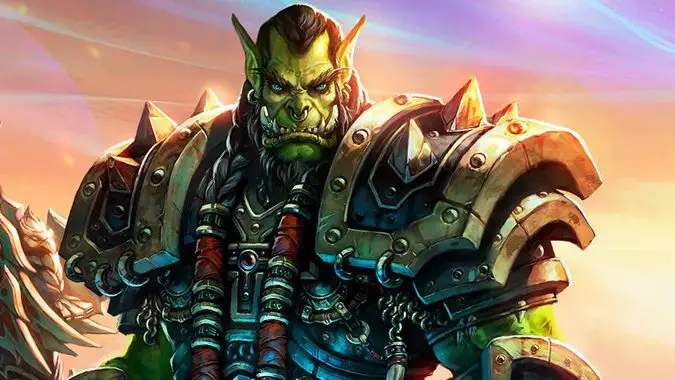
Orc
And then we have the Orcs — the backbone of the Horde. The Orcs have successfully founded the city of Orgrimmar in the dusty lands of Durotar. But they aren’t alone on Kalimdor. Although they were allied with the Night Elves and Humans for a time during the Third War, those days are over now. And while they may have freed themselves from the chains of demonic corruption in Warcraft 3, it doesn’t mean the rest of the world is suddenly okay with the Horde.
In fact, it’s anything but okay with their presence.
In the four years that have passed since the events in Warcraft 3, that tentative peace between Human, Night Elf, and Orc has all but evaporated. While Thrall is still intent on forging some kind of diplomatic ties with the Alliance, the rest of the Horde isn’t necessarily so eager to follow. This doesn’t stop Thrall from sending players on a variety of missions more diplomatic in nature than most, like dealing with the Syndicate in Alterac. He even tries to surreptitiously provide aid for the Dwarves of Ironforge, sending players to rescue Moira Bronzebeard.
None of it is really effective, though. The Horde and the Alliance are still enemies, and no amount of diplomatic actions is really going to change that. And there are those that would challenge the Horde itself, and Thrall’s place as Warchief. In the Eastern Kingdoms, a renegade group calling themselves the Dark Horde is operating out of Blackrock Spire. Led by Rend Blackhand, they cling to the bloodthirsty and savage ways of the Old Horde — and they don’t recognize Thrall or the new Horde as real.
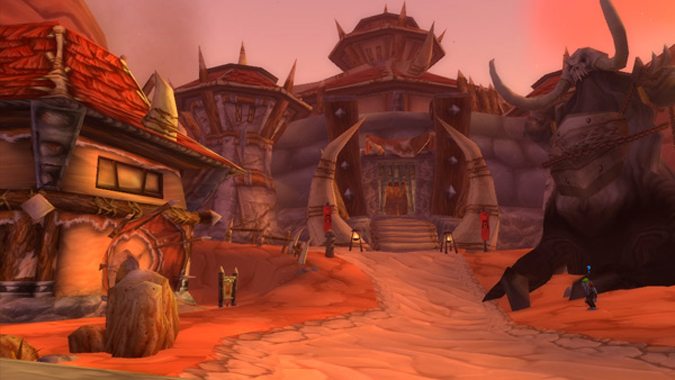
Struggle for survival and story
Much like Alliance lore in Classic, the stories of the Horde are staggered and scattered. Trolls were lumped in with the Orcs, much like Gnomes were lumped in with the Dwarves. The continuing struggles of the Forsaken were pretty fascinating, but they seemed to be largely removed from the Horde itself. As isolated as the Forsaken were on the Eastern Kingdoms, there was little activity linking the Horde’s new allies to the Horde at large.
As for the Tauren, their place in the Horde was an interesting one. Despite pledging their loyalties to Thrall, the Tauren were also associated with the Night Elves through the Cenarion Circle. The Tauren and Night Elves of Moonglade keep themselves out of factional conflicts entirely. The Orcs may be encroaching on Ashenvale, but the Tauren have nothing to do with it.
These opening chapters of the eventual tale of the Horde were a little disjointed in places, a little dull in others. But that was par for the course with Classic WoW. For the most part, these stories saw little progression or forward movement. Racial leaders stayed in their designated cities. The players were the ones doing all of the traveling, at the behest of their leader’s commands.
The introduction of raiding began to change that, however. With each new raid release, Classic got a little more story development — development that affected both sides, and started building a more cohesive, unified tale. Next week, we’ll take a look at those raids, and what they meant for both Alliance and Horde.
Please consider supporting our Patreon!
Join the Discussion
Blizzard Watch is a safe space for all readers. By leaving comments on this site you agree to follow our commenting and community guidelines.
 @Shadesogrey
@Shadesogrey



